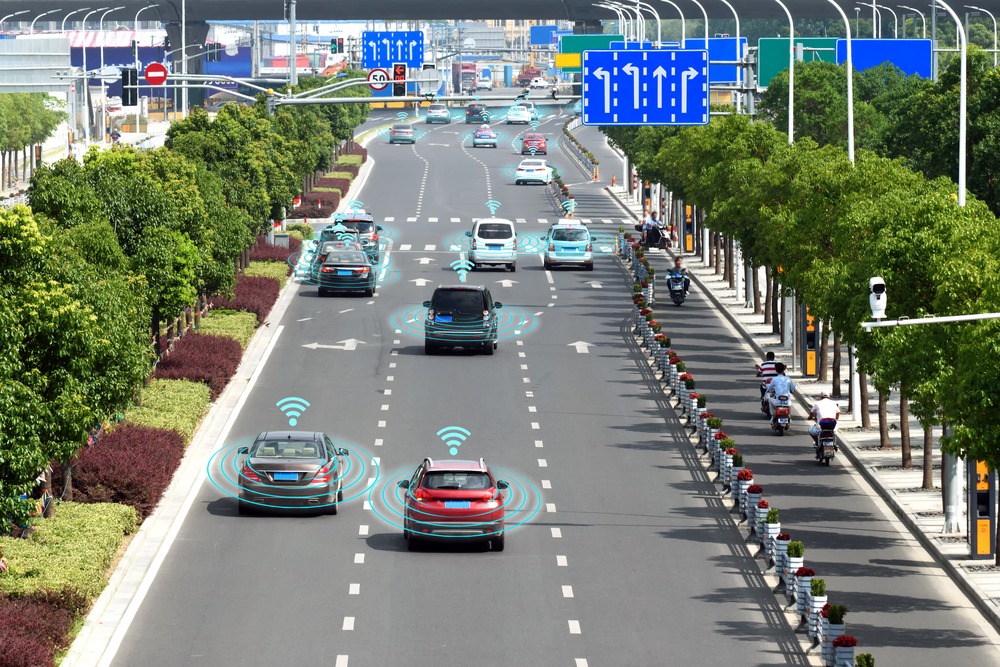
The first street design guide to help city planners around the world prepare for autonomous vehicles was released on Tuesday by the National Association of City Transportation Officials (NACTO).
The guide, titled “Blueprint for Autonomous Urbanism,” suggests that cities focus on the needs of people, not the needs of emerging technology, when redesigning and reimagining streets. The guide recommends specific actions and policies that cities should undertake to promote public safety, to prioritize people and public spaces, to enhance mass transit, and to address contested curbs as autonomous technology emerges.
“The expansion of autonomous vehicles is a once-in-a-lifetime opportunity to rethink city streets and save lives on an unprecedented scale — but only if cities are prepared,” Janette Sadik-Khan, NACTO chair and the principal at Bloomberg Associates, said. “The blueprint gives city leaders across the country and around the world the vision they need to partner with the private sector and design streets that are smarter, safer and more efficient than ever before.”
With safety in mind, the blueprint recommends design features that incorporate more frequent and convenient pedestrian crossings, and more consistent and predictable vehicle movements.
“As cities guide the autonomous revolution, we want technology to solve our mobility challenges, not settle for more of the same,” Seleta Reynolds, the president of NACTO and the general manager of the Los Angeles Department of Transportation, said. “This blueprint will help cities everywhere lay the foundation for 21st-century streets designed to serve people first and foremost, no matter how they travel.”
In terms of curbside management, the blueprint recommends that space dedicated to parking be made available for alternative uses, like bike lanes, bike sharing stations, parklets, green infrastructure, passenger drop-off and pick-up zones, and freight deliveries.
“When it comes to autonomous vehicles, cities are where the action is,” Linda Bailey, the executive director of NACTO, said. “This is the start of a critical conversation with AV companies about what cities need today and will need tomorrow.”
The blueprint outlines general priorities and objectives for the physical and digital infrastructure of each street type, and future additions will explore each area in greater depth.